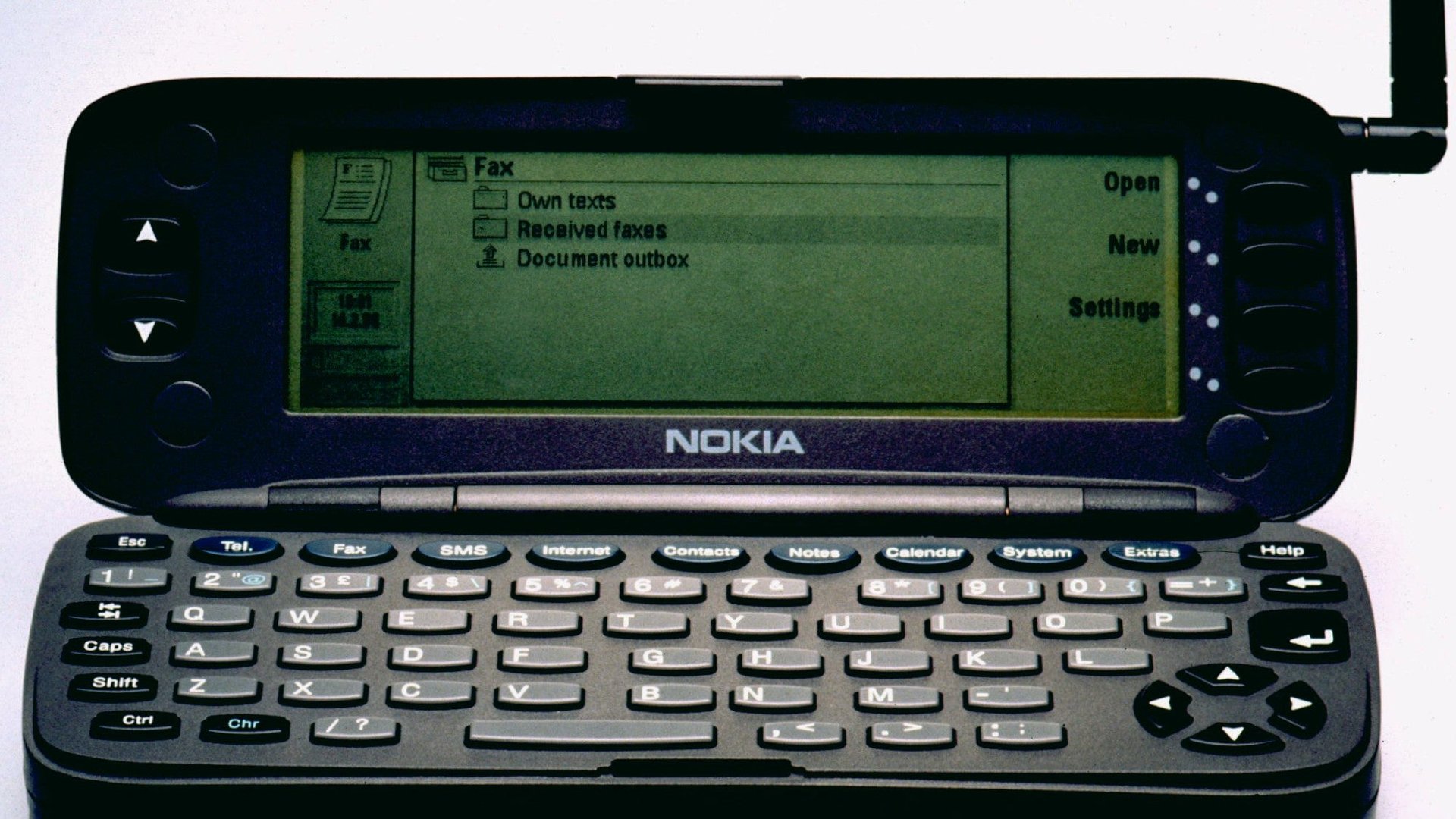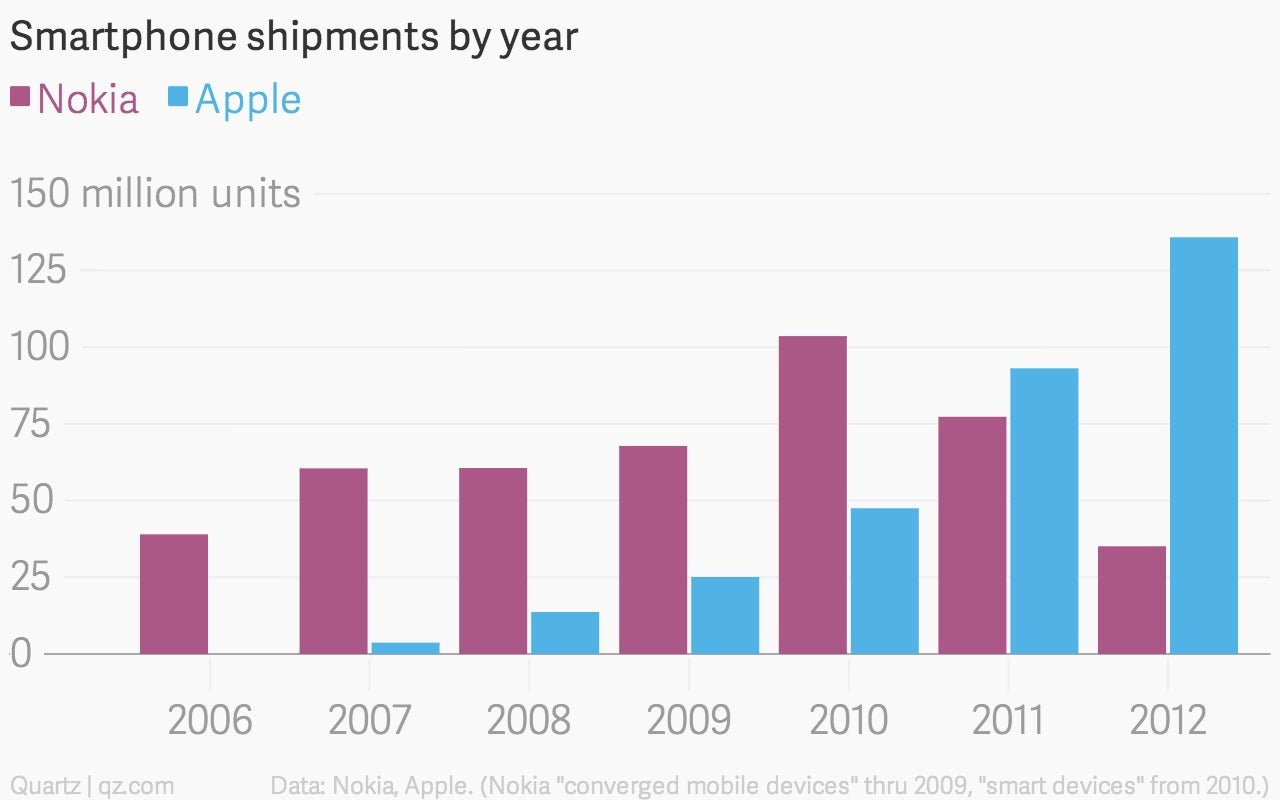Sorry, Mr. Prime Minister, Apple didn’t kill Nokia—Nokia did
Finland’s prime minister Alexander Stubb is getting attention for a CNBC appearance yesterday where he—perhaps in jest—blamed Apple for the collapse of two of Finland’s main industries: Nokia’s mobile phone business, and the paper sector.


Finland’s prime minister Alexander Stubb is getting attention for a CNBC appearance yesterday where he—perhaps in jest—blamed Apple for the collapse of two of Finland’s main industries: Nokia’s mobile phone business, and the paper sector.
“We have two industrial problems—two champions which went down,” Stubb told CNBC. “A little bit paradoxically, I guess one could say that the iPhone killed Nokia and the iPad killed the Finnish paper industry, but we’ll make a comeback.”
It’s true that Apple’s iPhone—released in 2007—redefined the smartphone, which had been pioneered years before by Nokia, Palm, BlackBerry, and others. But Apple didn’t kill Nokia. The Finnish company had many years to reinvent itself, and simply never did.
In reality, Nokia’s smartphone sales still outpaced Apple’s for years—the iPhone didn’t beat it until 2011, some 3.5 years after its launch. Nokia’s smartphone sales peaked at more than 103 million units in 2010, over 50% more than its shipments in 2007, the year the iPhone debuted.

If anything, Nokia maintained a major advantage over Apple for years—thanks to its distribution relationships with hundreds of mobile operators around the world. Nokia was also smart enough to know that smartphone photography was going to be huge. The company trumpeted its “camera” sales in earnings reports even before the iPhone debuted.
And it should have known that the real profits in the smartphone industry were going to come from the high end: An analyst in 2008 estimated that the 7% of Nokia’s phones that sold for more than $300 the previous year represented 15%-20% of its cellphone revenue and 20%-25% of its gross profit.
But where Nokia never caught up is in software. Apple’s mobile operating system, with its desktop Mac roots, was years ahead of the Symbian OS Nokia used. This allowed for more powerful system apps like the iPhone web browser, the eventual App Store revolution, and the mobile gaming boom. Nokia simply didn’t fix its software situation fast enough, including sitting out of the bidding for Palm, whose WebOS was arguably the second-best mobile platform on the market.
Instead of successfully riding the Google Android wave like Samsung—perhaps trying to avoid becoming a commodity hardware company—Nokia waited until it was already in steep decline to switch its allegiance to Microsoft’s Windows Phone OS.
By then, it was too late. Android, Samsung, and the iPhone had run away with the mobile industry that Nokia once dominated.